As life circumstances change, you may find your current home no longer suits your needs.
Kids moving out, retirement looming, or simply a desire to minimize clutter and maintenance often motivate downsizing. Rather than viewing this transition as a sacrifice, embrace the chance to right-size into your ideal living environment.
Thoughtful preparation and customization will help make your next chapter truly perfect.
Assess Your True Needs
Before touring model homes or searching online for ‘custom home builders near me’, take time to reflect on your lifestyle and priorities looking ahead 5-10 years.
The experts over at Jamestown Estate Homes recommend considering factors like changing mobility, income, leisure activities, hosting guests, storage needs, and more. Be realistic regarding spaces and features you can and cannot live without.
If you are to continue working from home, a dedicated office remains essential. Frequent travelers need accessible storage for gear while avid gardeners prioritize yard space.
Compromise where possible but go for elements that best support your physical, emotional, and social well-being in a new home.
Understand the Market
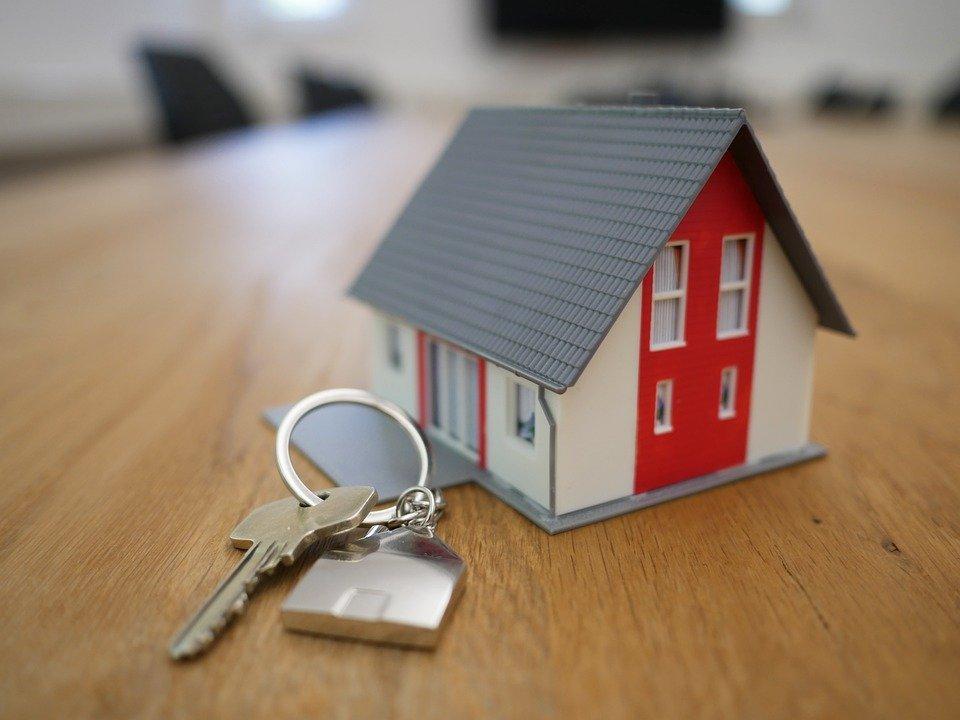
Beyond assessing personal needs, research market conditions in your desired new neighborhood, city, or state before listing your current property.
A trusted real estate professional can provide critical data regarding home prices, days on market, and other sale trends to time both transactions strategically.
You don’t want to sell too fast and get stuck renting before securing the perfect new construction home.
Be prepared to make contingency offers and coordinate closings for the smoothest possible transition. Expert local insights also help you set expectations when seeking builders and financing for a custom downsized home.
Seek Inspiring Design Ideas
While a smaller home by definition limits square footage, many architectural elements introduce spaciousness through smart design. Visit model homes and browse sites like Pinterest to appreciate just how open, airy, and inviting today’s best downsized spaces appear.
Soaring ceilings, abundant natural light, muted color palettes, and transparent barriers between rooms all maximize perceived area.
When meeting with custom home builders, discuss these enhancements to prevent a cramped feeling. State-of-the-art building materials also enable more compact footprints without sacrificing durability or amenities.
Right-Size Amenities
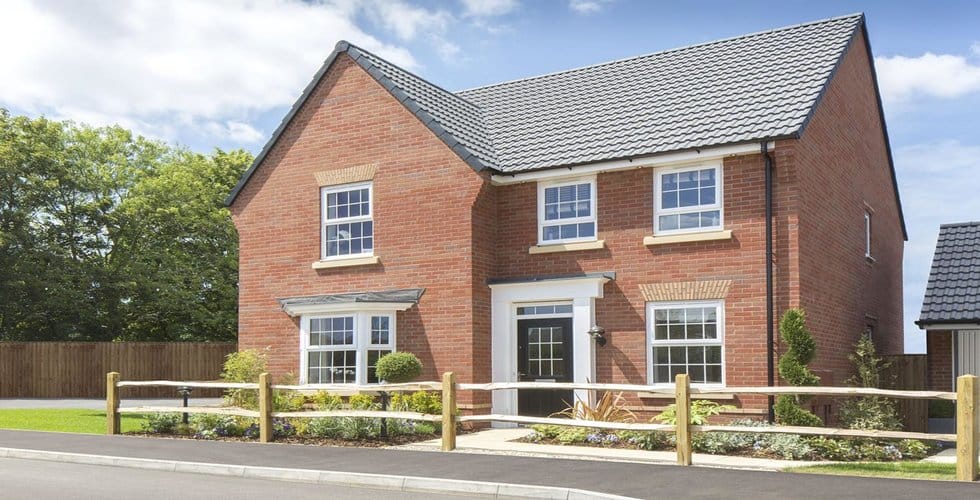
In your new home, select features sized appropriately for everyday needs rather than building excess capacity “just in case”.
For example, an eight-person dining table overwhelms a small kitchen, especially as everyone congregates around the island anyway. So integrate customized bench seating and storage there instead.
Apply that mentality when planning a driveway, yard, porch, basement storage, or media room. Resist pressure to overbuild for hypothetical scenarios.
Stick to what best serves your practical daily lifestyle with reasonable room to grow.
Embrace Multi-Use Areas
Given inherently limited dimensions, effective downsized living relies more heavily on adaptable rooms serving multiple needs.
For instance, an open dining area beside the living room easily accommodates extra guests or puzzles/crafting. Build out hidden storage like drawers under a window bench or a Murphy bed to tidy spaces in transition.
Or add French doors to visually connect, yet separate, a front lounge designed for reading alone or to give a few close friends from a larger gathering space behind it.
This flexibility ensures rooms always align with activities, despite their smaller individual footprints. Talk about creative space-saving solutions with a reputable home builder that is accustomed to trying to maximize every inch without compromise.
Energy Efficiency
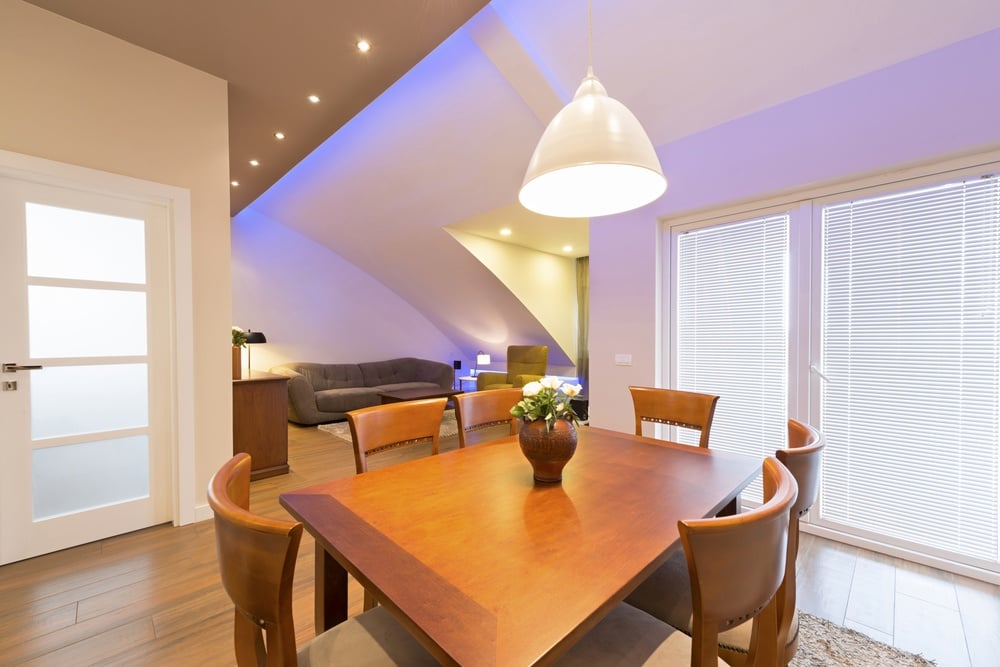
Incorporating energy-efficient features into home design is not just a trend but a necessity for both economic and environmental sustainability.
Insulation, LED lighting, and high-efficiency HVAC systems stand out as critical components in this arena.
Effective insulation reduces the need for heating and cooling, slashing utility bills significantly. LED lighting consumes up to 75% less energy and lasts 25 times longer than traditional incandescent lighting.
High-efficiency HVAC systems, though initially more expensive, pay for themselves over time through lowered utility costs.
Together, these features contribute to a significant reduction in a home’s carbon footprint, making energy efficiency a cornerstone of modern, responsible living.
Outdoor Living Spaces
The value of outdoor living spaces—patios, balconies, and gardens—extends beyond aesthetic appeal, offering vital health and psychological benefits.
These spaces serve as personal sanctuaries for relaxation, entertainment, and reconnection with nature, enhancing overall well-being. In the context of downsized living, maximizing these areas becomes essential.
Innovative design solutions, such as foldable furniture, vertical gardens, and multifunctional outdoor areas, can transform small spaces into versatile extensions of the home.
These outdoor living spaces offer a seamless transition between the indoors and outdoors, enriching the living experience in compact homes.
Technology Integration
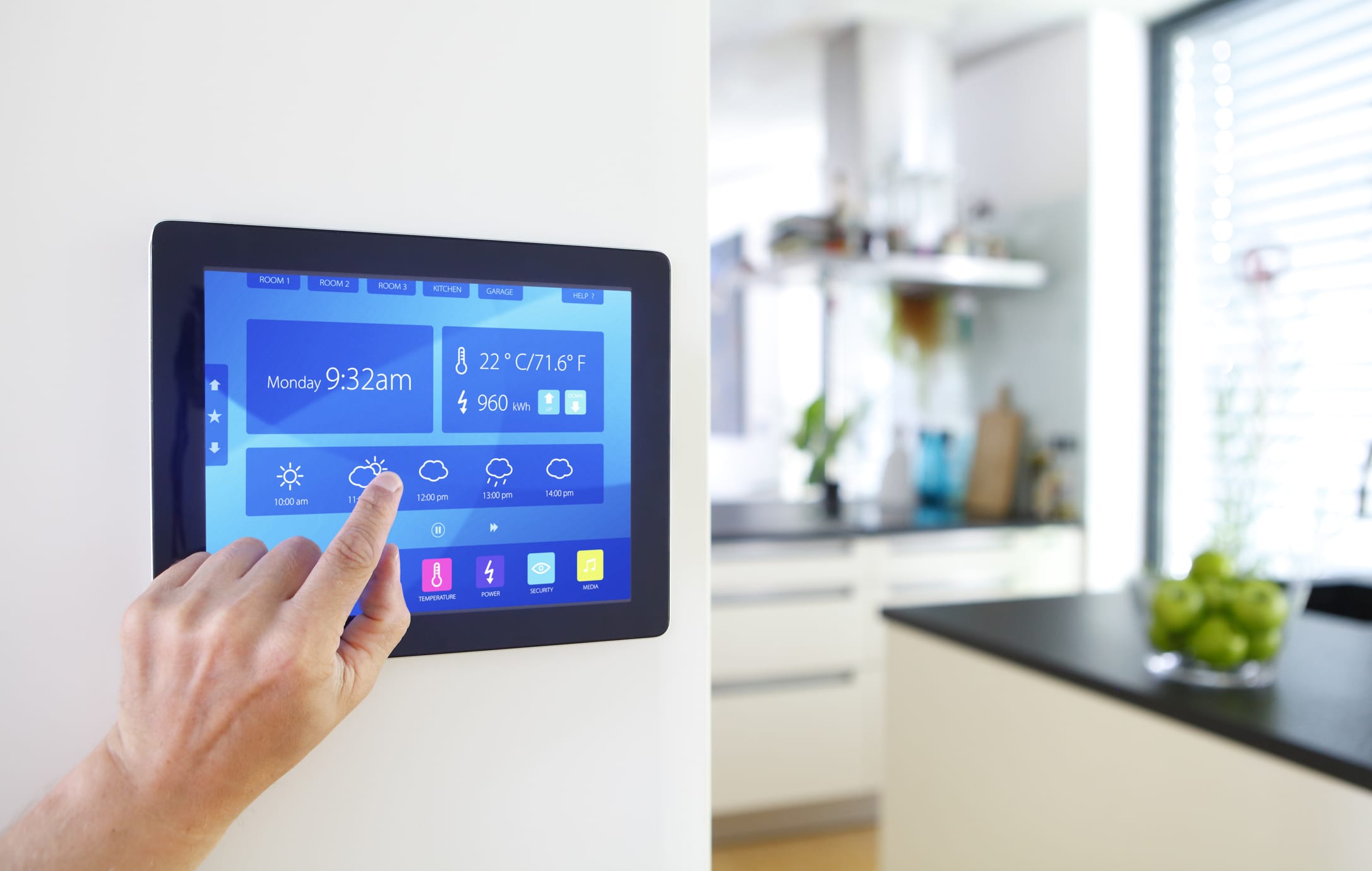
Smart home technology has revolutionized the way we interact with our living spaces, bringing unprecedented levels of convenience, safety, and efficiency.
Home automation systems allow for the control of lighting, temperature, and even appliances with a single device or voice command, optimizing energy use and enhancing comfort.
Security cameras and monitoring systems provide peace of mind, while energy monitoring devices offer real-time insights into power consumption, encouraging more mindful usage.
Integrating these technologies into a downsized home not only future-proofs the space but also creates a more connected, efficient, and secure living environment.
Community Amenities
The neighborhood and community amenities play a pivotal role in enriching the downsizing experience.
Access to parks, walking trails, fitness centers, and social clubs can significantly enhance quality of life, offering opportunities for physical activity, relaxation, and social engagement.
These amenities extend the living space beyond the home’s boundaries, providing diverse environments for recreation and interaction.
For individuals downsizing their living spaces, these community features become an extension of their home, compensating for the smaller personal space by enriching their lifestyle with a variety of accessible and convenient amenities.
Storage Solutions
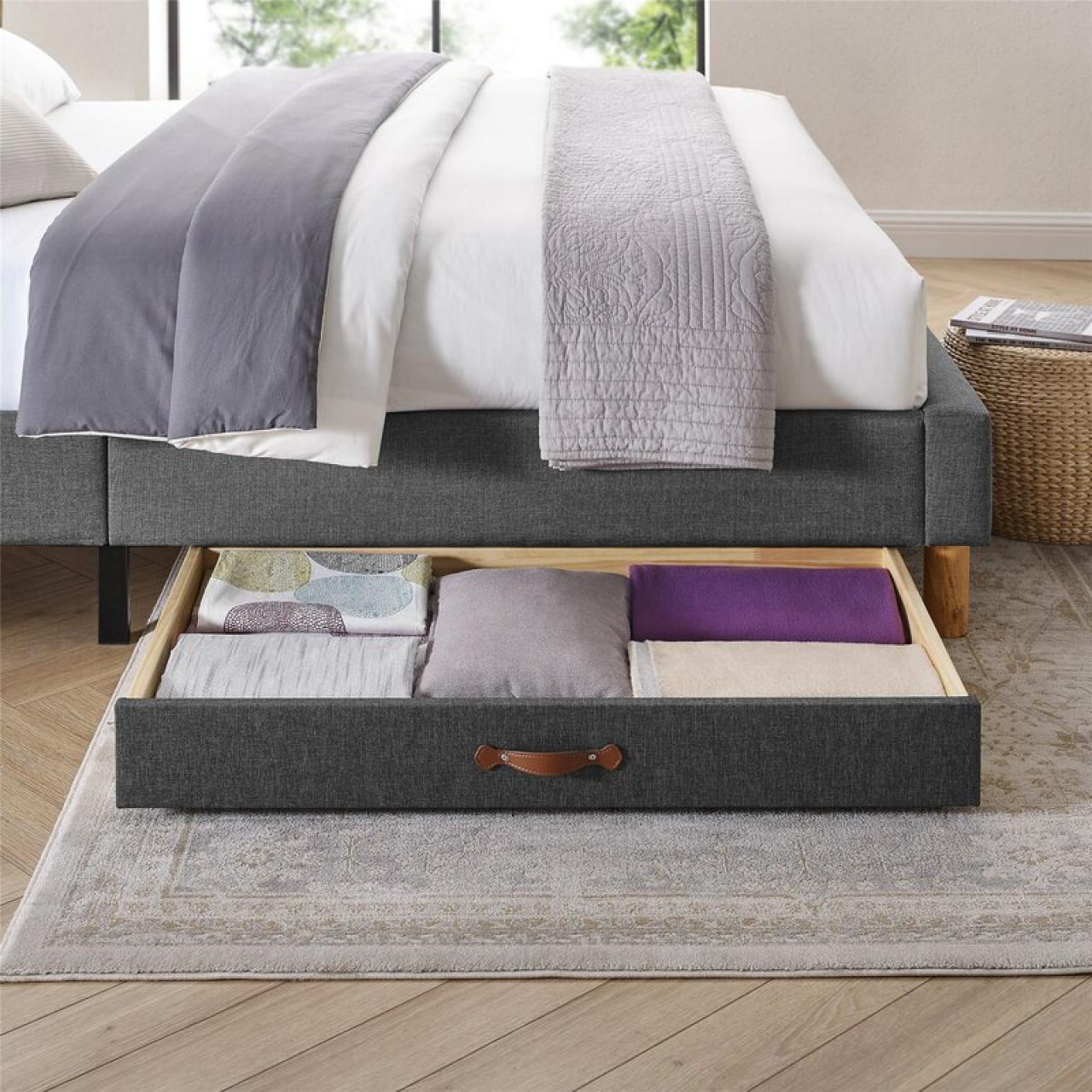
Efficient storage solutions are crucial in a downsized home to maintain organization and minimize clutter. Built-in cabinets, closets, and shelving units can be custom-designed to fit specific spaces and needs, maximizing storage capacity without compromising on living area.
Creative solutions, such as under-bed storage, multi-functional furniture, and wall-mounted systems, can further enhance the home’s functionality. By prioritizing efficient storage, downsized homes can remain spacious and welcoming, proving that living smaller does not have to mean living with less.
Flexibility for Future Changes
Designing a downsized home with flexibility in mind ensures that the space can adapt to future lifestyle changes, such as new hobbies, work-from-home needs, or accommodating guests.
Movable walls, convertible furniture, and multi-purpose rooms allow for easy reconfiguration of the living space to meet changing needs.
This adaptability is key to long-term satisfaction with a downsized home, providing the freedom to evolve the space as life unfolds, ensuring that the home always serves the needs of its occupants efficiently and comfortably.
Maintenance and Upkeep
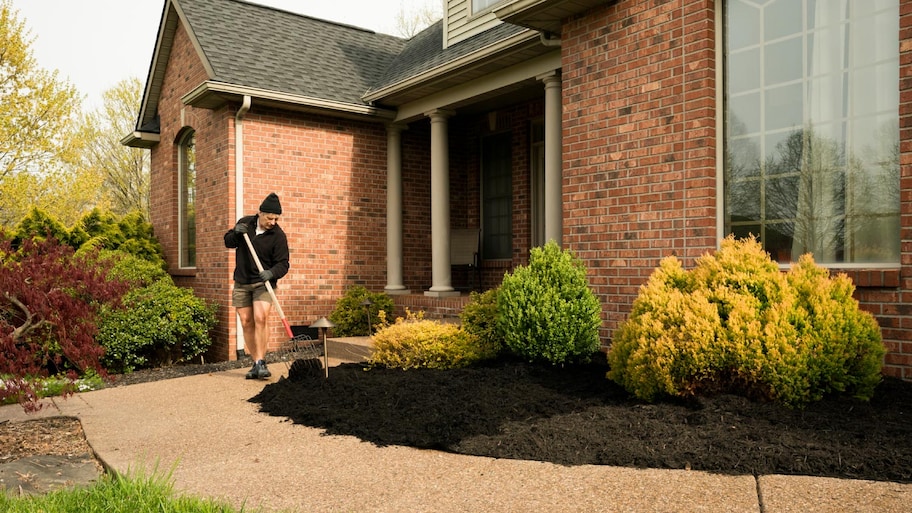
The ease of maintenance and upkeep is a significant consideration in downsized living.
Features such as low-maintenance landscaping, durable materials, and efficient cleaning systems reduce the time and effort required for home care.
Durable materials ensure that the home withstands the test of time with minimal need for repairs, while efficient systems, such as central vacuum systems or easy-clean surfaces, simplify cleaning tasks.
Together, these features contribute to a home that is not only simpler to maintain but also retains its value and appeal over time, making downsized living a more attractive and sustainable option for many.
Conclusion
Right-sizing into a smaller custom residence makes perfect sense for so many modern lifestyles.
Some important considerations are honest evaluation of current and future needs, market awareness before listing your existing home, inspiration from progressive architectural design, right-sized amenities, and multi-use rooms.
Consult with a trusted real estate or home building professional to make your next comfortably sized chapter a dream come true.




